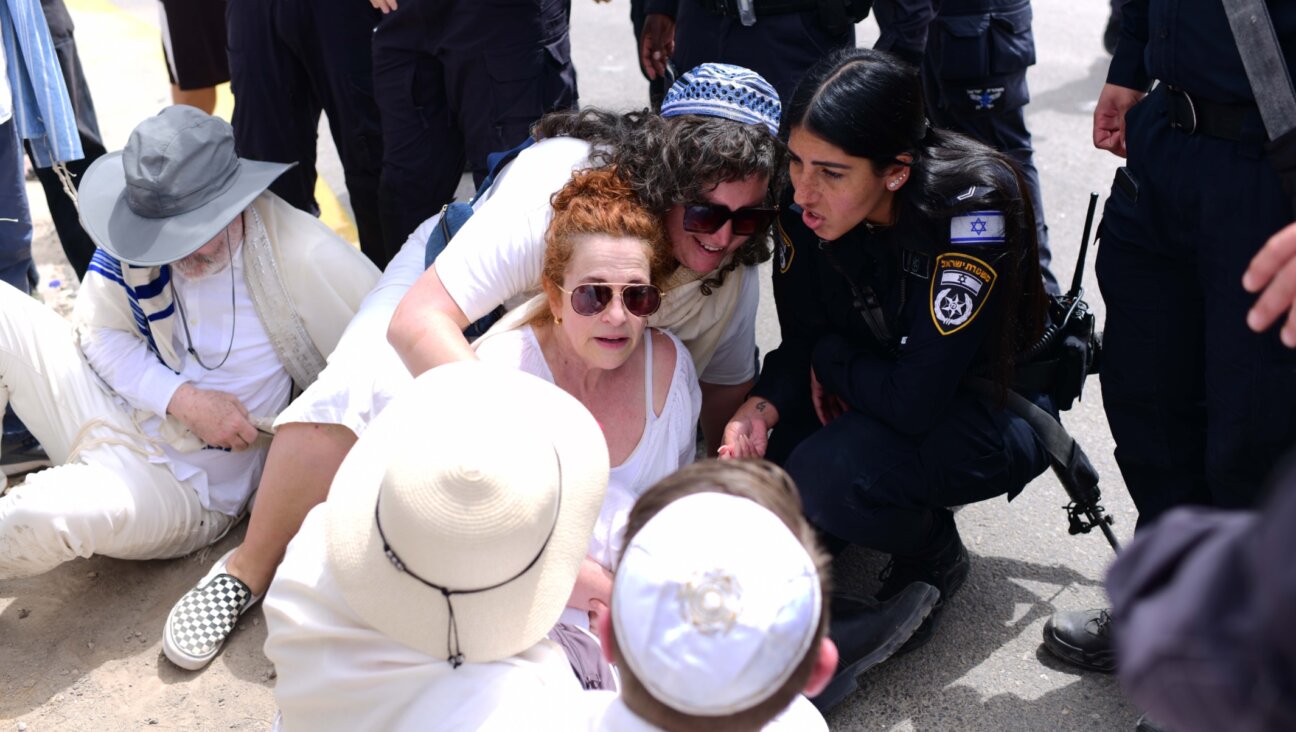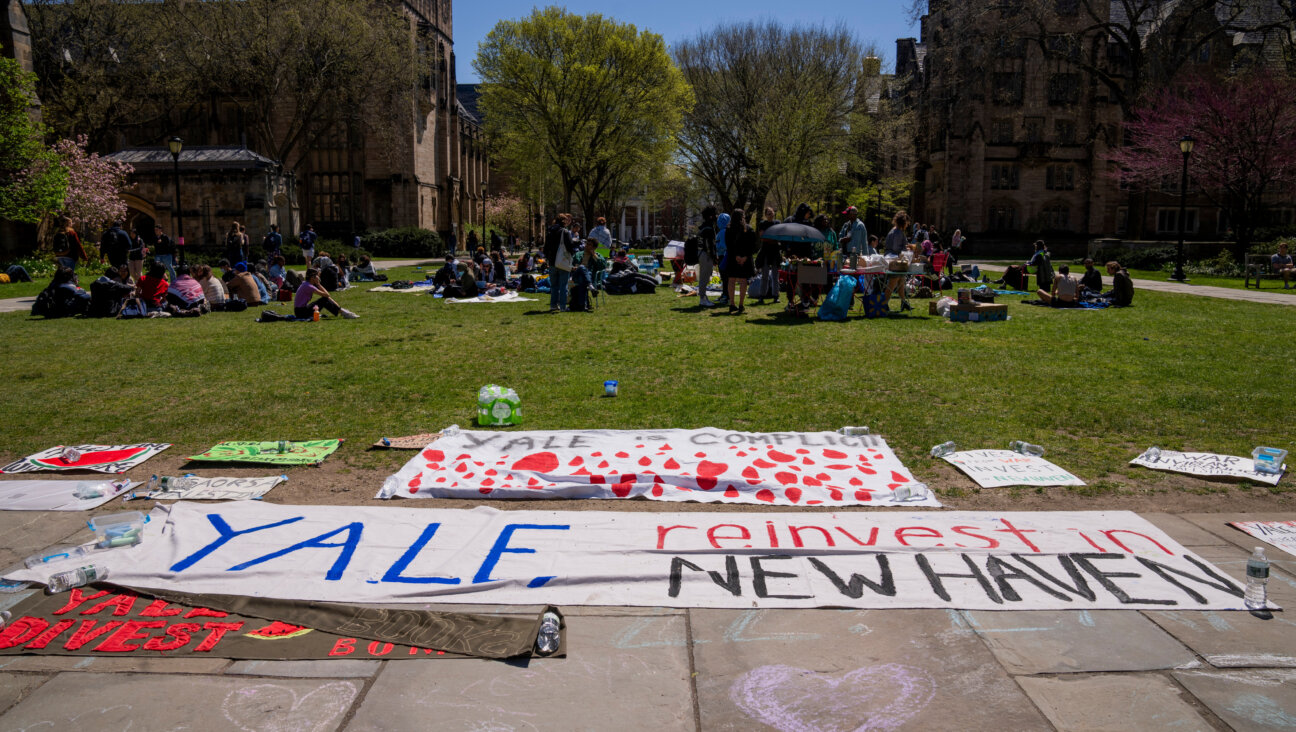Shabbat Meals: An Oneg in Utah

Image by iStock
Growing up as Jew in Ogden, Utah, I attended a synagogue the size of a small house called Brith Sholem. When I was in kindergarten, Brith Sholem was the target of an arson attack that nearly gutted the entire building. The police never found the perpetrators, who lit two American flags on fire but left the Torah scrolls untouched.
Two months after the fire, a group of Mormon dignitaries pulled up to the synagogue in white Lincoln luxury vehicles and delivered shoeboxes full of cash to the temple leadership, all told, about $45,000 from Mormon church goers all over the state. This was enough to cover the amount the synagogue had to pay out of pocket for renovations after its fire insurance kicked in.
The Brith Sholem fire, I remember, was the first time that I grappled with the idea that growing up Jewish in Utah might be a tumultuous thing. The Mormons in Ogden, who made up nearly half of the town’s population, seemed to consider my faith with fascination and confusion, and I felt largely the same way about Brith Sholem, a synagogue of great unpredictability.
Built in 1917, the synagogue supported no more than six rabbis before its leaders decided during the Great Depression that a rabbi was an unnecessary expense. Since then, the members of the synagogue — there are about 50 families in total — have taken turns conducting Shabbat services, sometimes with the help of a visiting student rabbi from Los Angeles. You never knew what you were going to get on a Friday night at Brith Sholem.
Some synagogue members led the Friday prayers in a spirit of immense solemnity, lingering over the Mourner’s Kaddish. Others conducted services focused on women’s empowerment. My own father typically sped through the prayers, interspersing wisecracks along the way. One Friday night one of the congregants yelled out: “He forgot the Hatzi Kaddish!” and my father had to backtrack to include it. Another time, my father let my best friend and me lead the congregation in a rap rendition of Adon Olam, which elicited pained grimaces from the temple elders.
If there was one point of predictability in Shabbat at Brith Sholem, it was the oneg, or small celebration after the service. My family typically attended services only when my mother was tasked with bringing dessert, which was always brownies or cookies. My mother had an unusual knack for making desserts that retained their chewiness for days after they left the oven. Her graham cracker brownies in particular were a perpetual favorite at Brith Sholem. Made with just three ingredients — sweet and condensed milk, graham cracker crumbs, and chocolate chips — they tasted richly complex, winning out over the box of Entenmann’s donuts that someone invariably placed on the oneg table, the only “Jewish” treat available in Ogden’s grocery stores.
After the temple president made his Shabbat announcements, I would walk at a fast clip toward the foldout table in the front hall of Brith Sholem and scoop two or three of my mother’s brownies onto a paper napkin before my peers could get to them. I would wait in desperation for the blessing over the Challah to finish and then stuff a brownie into my mouth and chew vigorously, small deposits of caramelized cream collecting in the crevices of my molars.
This was the taste that filled my mouth as I walked out of Brith Sholem on many a Friday night of my childhood, passing through the synagogue’s heavy wood doors and into the starlit Ogden streets.
Graham Cracker Brownies
Serves 12
2 cups Graham Cracker crumbs
1 can sweetened, condensed milk
16 oz. bag chocolate chips
Preheat oven to 325 – 350 degrees.
1) Grease and flour 8 inch square cake pan.
2) Combine all ingredients, turn into pan and bake until golden, 15 – 20 minutes. Leave to cool 20 minutes.
3) Slice into squares. Cool another 30 minutes. Remove immediately from pan, before they harden.

I hope you appreciated this article. Before you go, I’d like to ask you to please support the Forward’s award-winning journalism this Passover.
In this age of misinformation, our work is needed like never before. We report on the news that matters most to American Jews, driven by truth, not ideology.
At a time when newsrooms are closing or cutting back, the Forward has removed its paywall. That means for the first time in our 126-year history, Forward journalism is free to everyone, everywhere. With an ongoing war, rising antisemitism, and a flood of disinformation that may affect the upcoming election, we believe that free and open access to Jewish journalism is imperative.
Readers like you make it all possible. Right now, we’re in the middle of our Passover Pledge Drive and we still need 300 people to step up and make a gift to sustain our trustworthy, independent journalism.
Make a gift of any size and become a Forward member today. You’ll support our mission to tell the American Jewish story fully and fairly.
— Rachel Fishman Feddersen, Publisher and CEO
Join our mission to tell the Jewish story fully and fairly.
Only 300 more gifts needed by April 30

























